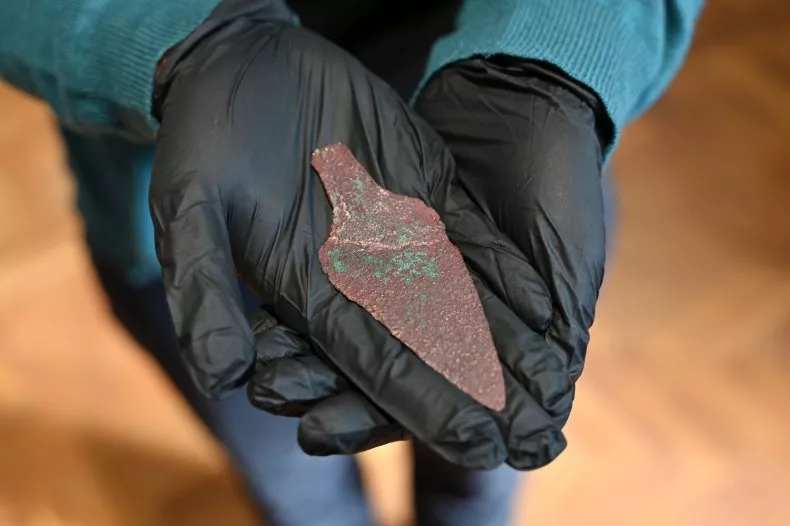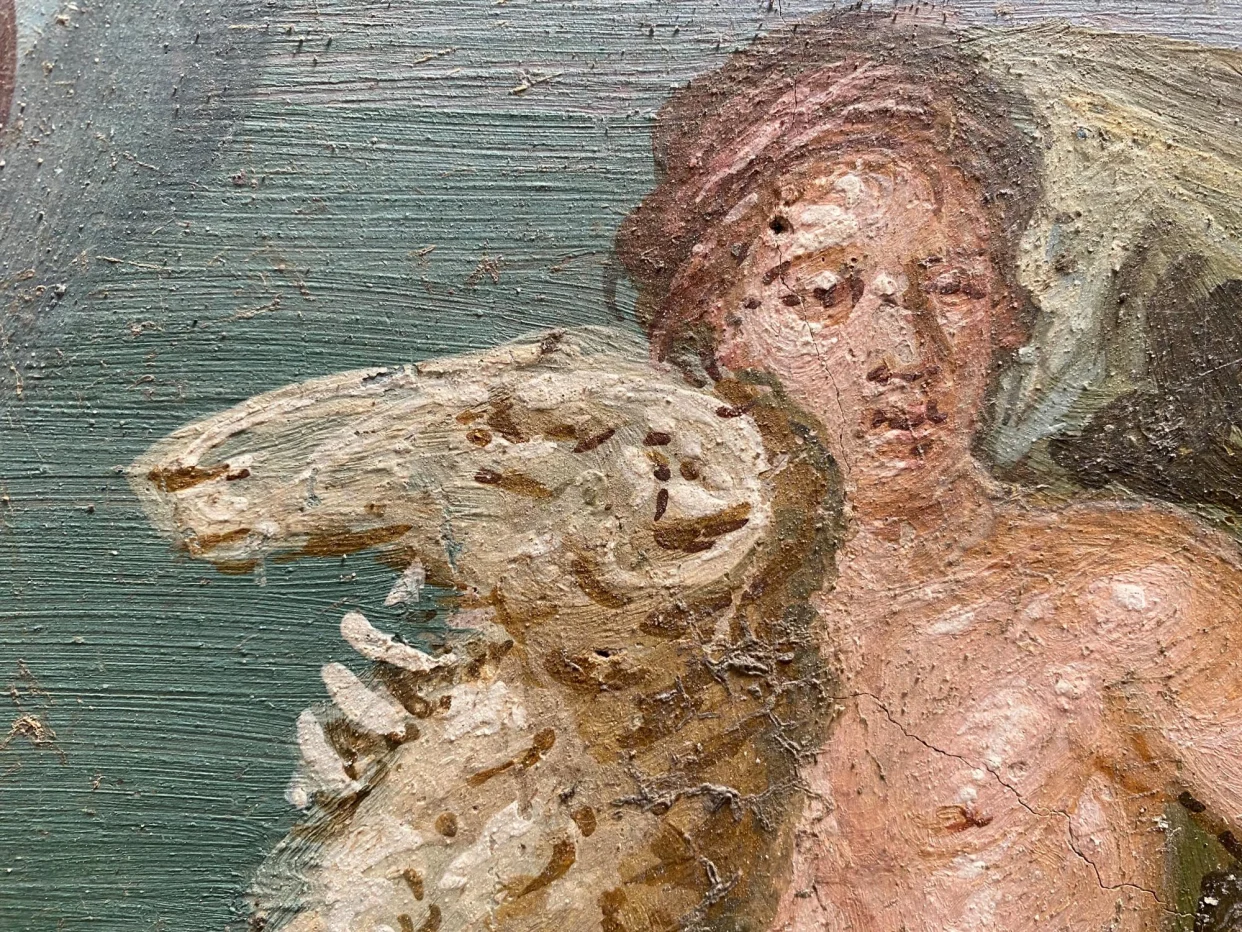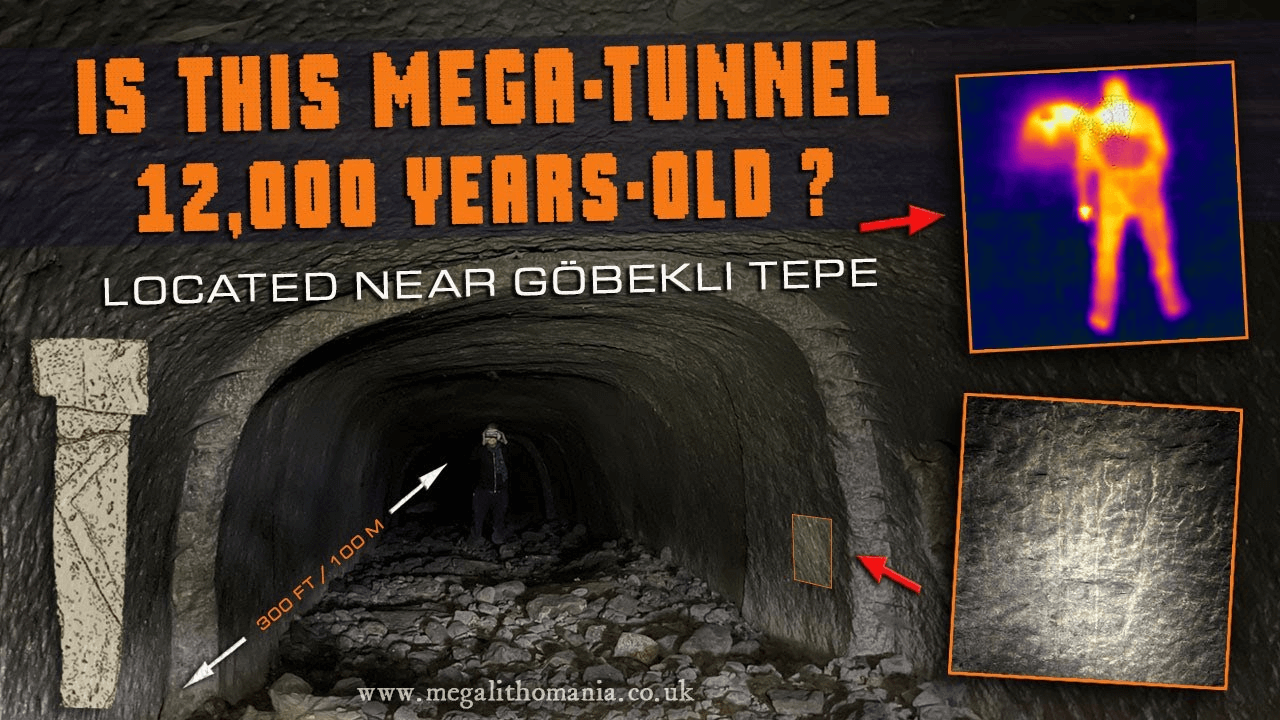In this video, we delve into a recent groundbreaking discovery: an enormous crater in Greenland that provides compelling evidence of a comet impact during the last ice age. This crater, spanning a staggering 18 miles in diameter, remained hidden beneath layers of ice until its recent revelation.
Greenland, known for its vast ice cover, served as a crucial location for preserving evidence of ancient events. In 2013, researchers identified impact proxies, including nano diamonds, carbon spals, and platinum and iron traces in the ice dating back 12,800 years. These findings hinted at a significant cosmic event during the Younger Dryas period, lasting from 12,800 to 11,600 years ago.
The discovery of the crater amplifies the evidence for a comet impact during this period of global climatic upheaval. The Younger Dryas era witnessed a rapid decline in temperatures, rising sea levels, and the extinction of megafauna. Remarkably, the impact's repercussions extended worldwide, with traces found as far as Antarctica and Syria.
This cataclysmic event potentially obliterated an advanced civilization, reshaping the narrative of ancient history. It is speculated that the global flood, a prevalent tradition across cultures, might stem from collective memories of this devastating event rather than being merely mythological.
The unearthing of the crater and corroborating evidence aligns with the Younger Dryas Impact Hypothesis, shedding new light on our understanding of prehistoric events and their enduring impact on human civilization.































